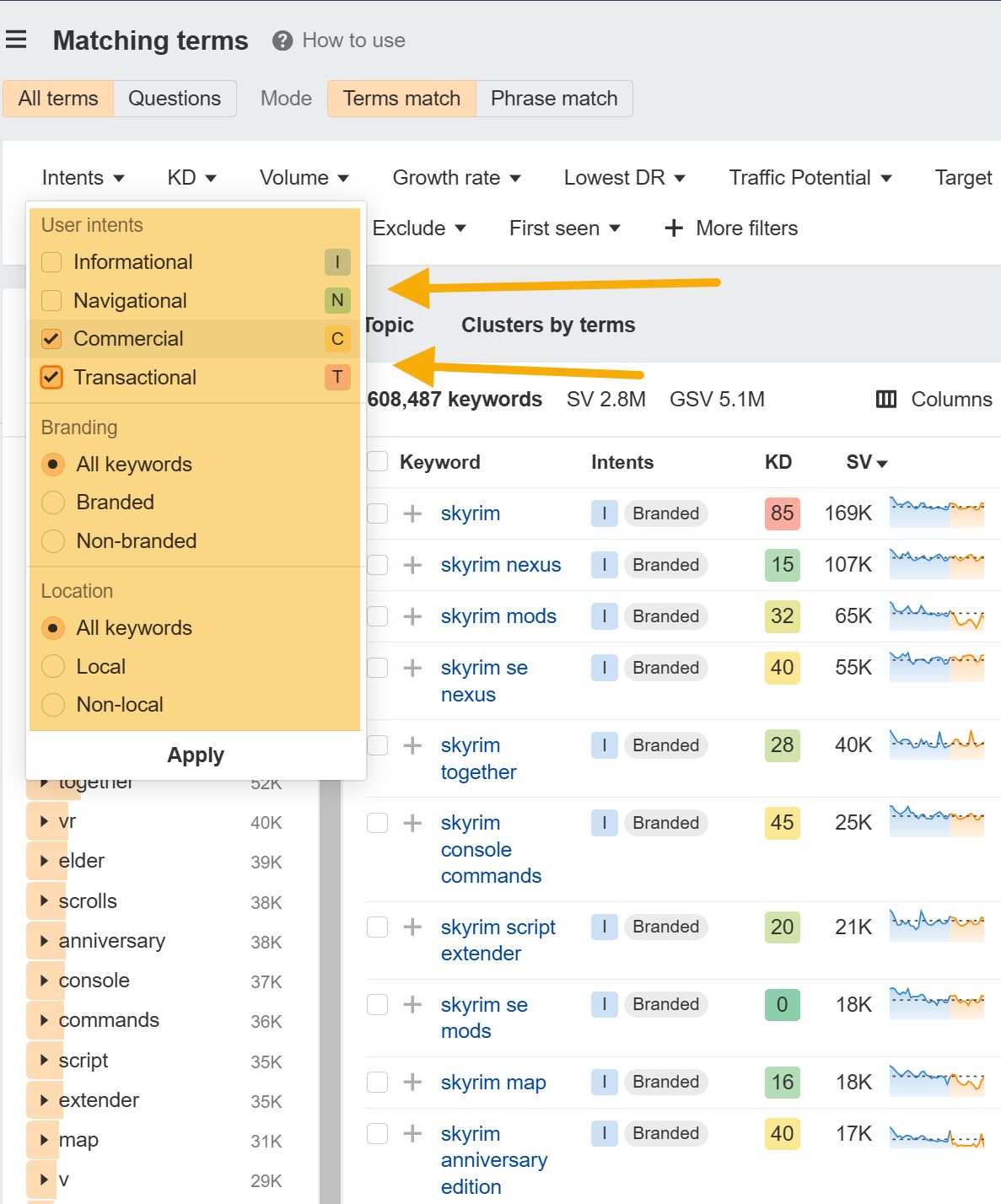Customer Relationship Management
When you’re looking for viable customer retention strategies to implement, the emphasis is definitely on the last word — strategy. Do you know the difference between a strategy and a tactic? The latter is a short-term plan for achieving something, while the former suggests a more long-term mentality. A strategy can consist of multiple tactics, and we’ll get into some of them in due time. However, we must first address the notion of a long-term strategy for success in this endeavor; it’s something that will require quite a bit of forethought.
For one, your company or organization will have to build up a mentality that’s supportive of CRM — customer relationship management. This is an entire field unto itself, with plenty of different methodologies. However, in general, it means that every sector in your company will need to start thinking about how they can contribute to a positive consumer experience with the brand.
In this day and age, consumer analytics have become more than a crucial part of CRM strategizing.
The era of the Internet has ushered in more customer data than we almost know what to do with. Proper data analytics allow us to realize which segments of our target audiences yield the most profit, further incentivizing companies to develop specific products and services that cater to the right people.
Source Data analytics drive the modern digital marketing industry.
All of this is not done by hand. In 2020, CRM customer retention strategies are practically impossible to implement without CRM software. More and more software companies are developing niche-specific CRM software, and you can find platforms specifically made for real estate firms or moving companies. These contain features that cater more precisely to specific industries.
Creating a Dialogue with Your Target Audience
Some customer retention strategies rely less heavily on customer support and more heavily on marketing; what you’ll opt for depends on your brand’s strengths and weaknesses. If you’re going to opt for customer relationship marketing as your primary strategy, you will need to employ a variety of marketing channels in a concerted effort and develop them into one. That means using everything from email marketing to online ads.
The goal here is not only to promote a service or a product; you want to forge strong connections with your customers and inspire brand loyalty. Traditional marketing activities focus on that type of “transactional” messaging, something you want to avoid in this case.
Try to use marketing to provide value to your customers and interest them in your industry in general, not necessarily by immediately trying to upsell them on a product. Play the long game, and try to boost interactivity with your company online.
In this instance, creating a newsletter is a classic but always a good idea. Don’t try to promote anything via this newsletter, either. It would be best to cover topics that your target audience would be interested in learning more about.
As a result, your consumers will view you as an industry authority over time. Plus, there won’t be that eye-rolling effect that most people have when they receive a promotional newsletter from a company.
Source Discounts are the most traditional type of incentive.
Apart from that, you should also try to give your customers incentives; this is the older among customer retention strategies. When it’s financially viable, there’s nothing like a free promotion or a purchase discount to keep people coming back to your brand.
Promote What You’re Doing
Finally, we’ll tackle one of the biggest mistakes businesses make concerning customer retention strategies. Many companies try their best to do something good for their customers; however, a lot of them also fail to communicate their efforts properly. That’s why marketing exists in the first place — if people don’t know that you’re doing something, how are they supposed to appreciate it?
An excellent example would be something certain retail stores do. If you buy an item on a discount, the store receipt records this and clearly states how much money you’ve saved by purchasing all of the discounted items in your cart. That way, you can immediately see how much cash the store has helped you save. It’s a simple piece of marketing, but it’s pretty ingenious.
And that’s something all businesses should try to do in their niches.
This is particularly true for small businesses that may face a lot of competition in their niche. Once your business begins to grow and you can take care of your target audience’s needs better, you need to help your customers realize that you’re doing this for them. It doesn’t matter whether we’re talking about more services and products or longer store hours; advertise all of that clearly. Noticeable improvements do wonders for long-term brand loyalty.
Source Customer retention is about more than just customer support!
The announcements that you make to your customer base should be tightly focused on showcasing the improvements that the company is making for its clients. This goes hand in hand with customer relationship marketing — in the sense that you don’t want to sound promotional.
This effort requires using the proper communication channels. The appropriateness of specific channels for this purpose will depend on your business model. Obviously, B2B companies are more focused on trade shows, in-person meetings, etc. On the other hand, consumer-oriented services and products require a more mass media approach. Creating online ads, newsletters, and other less individual campaigns will yield more significant benefits there.
Jonah Rowan is a freelance marketing expert, often working with cutting edge companies on new solutions like MoversTech CRM. He has years of experience in the real estate and moving industries.
Content Copyrights Belong to The Author. All Rights Reserved.
We're A Dallas Digital Marketing Agency That is Experts At Social Media Marketing, Website Design and Emarketing and Promotion.






